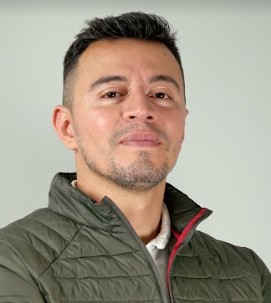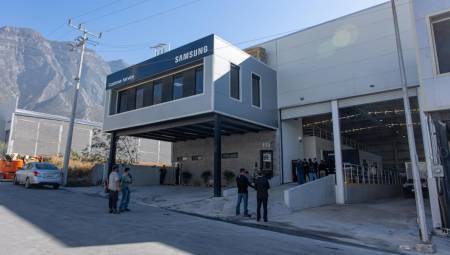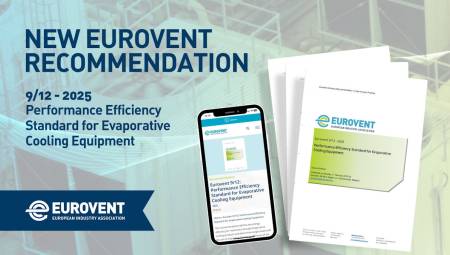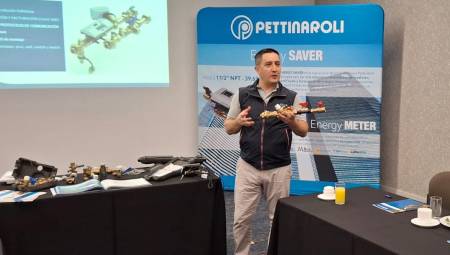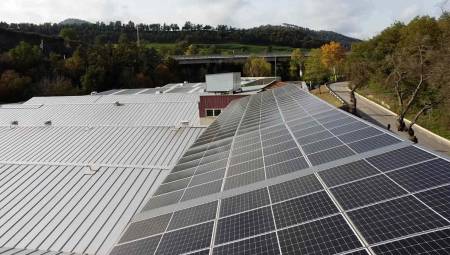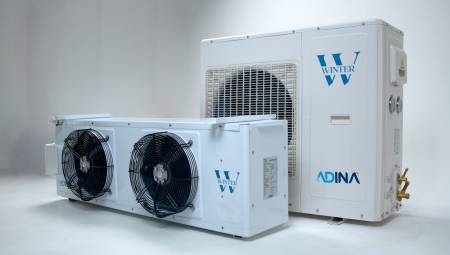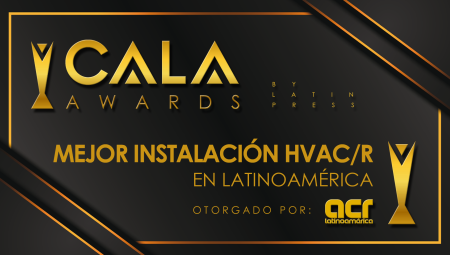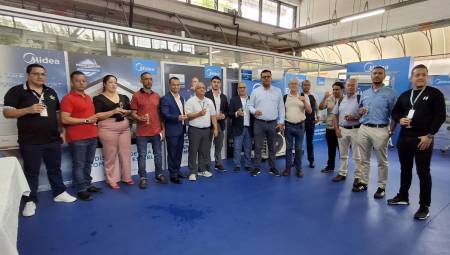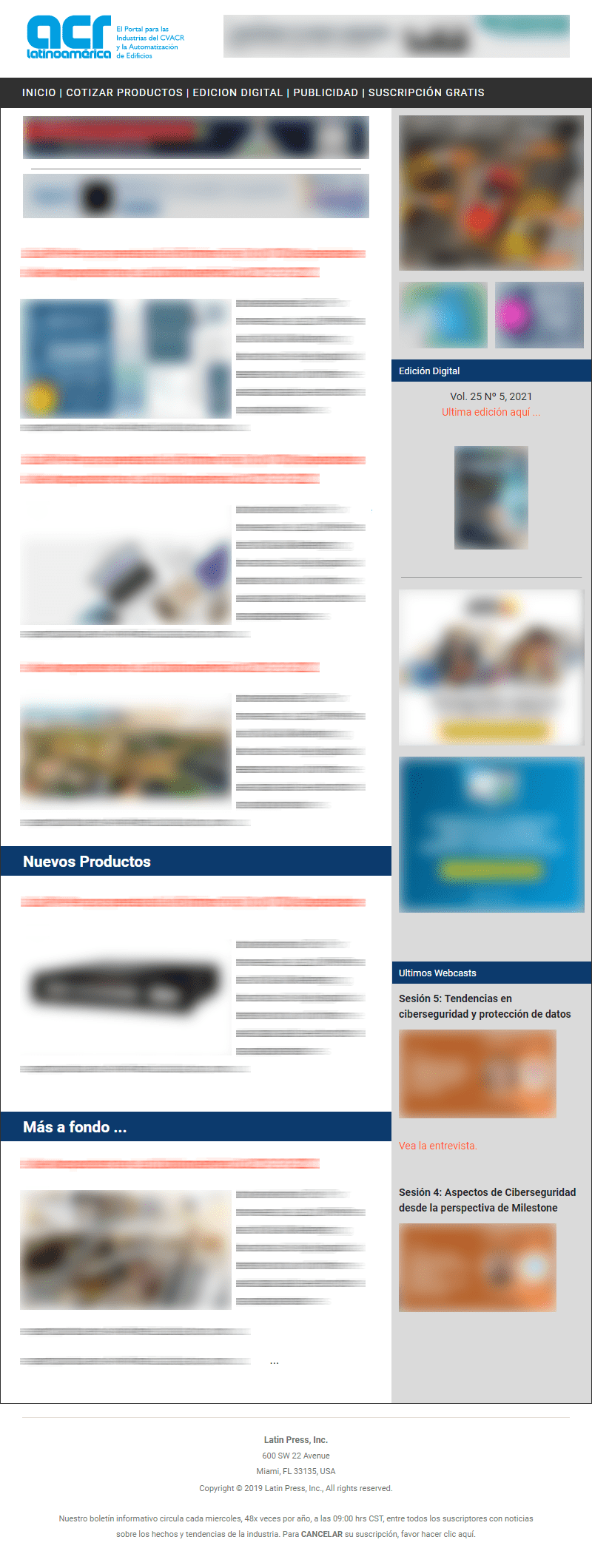 We analyze the importance of this philosophical discipline applied to designs and high-performance projects.
We analyze the importance of this philosophical discipline applied to designs and high-performance projects.
by Camilo Botero*
Dear readers, on this occasion I will address you in this column to deal with a topic of extreme importance in our professional practice: Ethics (A branch of philosophy, which studies the right or wrong of human behavior). It is a very delicate subject in which I am not an expert, because my training has been mainly in engineering and some science.
I have been forced to write about this subject as a result of a very painful incident, such as the fall of the Chirajara bridge, on the Bogotá - Villavicencio road with the sad death of five workers and several million dollars lost (still without establishing its definitive value) that delays a strategic route of the country. There were also other events such as the fall of the Space Building in Medellín and other buildings in different cities. This led to the questioning of "all" Colombian engineering, even though they are works of civil engineering.
In our guild we have fundamentally the engineering: mechanical, thermal, electrical, electronic and obviously we install our equipment in buildings that are designed and built by civil engineers, for which, Antonio García Rozo, president of ACIEM (Colombian Association of Electrical Engineers, Mechanics and related branches), indicated that "the facts presented in recent weeks, where inconsistencies are evident in the constructions of civil works and buildings, which has represented losses of human lives, requires strengthening and working on the ethical and professional skills of those who lead projects of this magnitude in order that the lessons learned from this accident serve to apply in future constructions. "
ACIEM and the Colombian Society of Engineers (SCI) spoke out about the report on the fall of the Chirajara bridge that was delivered by the works intervener, in which it is warned that: there were design failures, and they pointed out that there must be severity with those responsible, but not stigmatize the entire guild.
Quality assurance
As I have written repeatedly, all projects must rigorously follow what is described in ASHRAE Standard 202 on quality assurance of an air conditioning project throughout its lifespan (in English and by tradition of the British Navy and more recently of the United States Navy, it is called: Commissioning). This quality assurance must have the following elements, perfectly defined and strictly complied with:
- Pre-design
- Design
- Assembly
- Operation and Maintenance
For these four phases, the issue of clearly and concisely defining the owner's requirements for the project must first have been exhausted.
Here I will touch on the first ethical issue: the design must be carried out by a firm dedicated to this purpose and independent of the construction and intervening firm. It must report only to the owner of the project (it can be through a project management) and fundamentally it must follow the guidelines of quality assurance (commissioning), in accordance with the Commissioning Manager. If said Commissioning Manager and the designers do not have that hierarchical and conceptual independence, the project does not start well. Obviously, projects, and especially of the size at hand, must be evaluated and audited of a very rigorous technical nature. In no way should designers depend on the builder, much less receive commissions from suppliers.
The second ethical issue I will outline will be that of construction: for no reason should the builder deviate from the approved and audited design and specifications that are issued by the designers with the approval of the project management and the commissioning manager. Much less can the builder diminish or not meet the specifications present in the documents issued for the construction, with the aim of benefiting economically.
Third ethical issue: it is related to the fact that for no reason will the builder pay bribes to who or who awards the works. Surely that money will come from a lower quality of the work, or from a greater value of it, which in good romance is to steal those moneys.
On the other hand comes the excellence of the engineers who design, build, operate and maintain high performance systems, which is unfortunately in question, because in my modest concept, the training of mechanical engineers, which is the one I know in detail, since I have been teaching for 51 years and the same professional practice, it leaves much to be desired and for years I have been advocating for a detailed review of mechanical engineering programs. Guilds such as ACAIRE, ACIEM, FAIAR and the associations of each of our Latin American countries must take care of this.
We must also make a gigantic effort in the elaboration of rules and regulations, which make the professional practice in air conditioning have the highest standards of design, construction, operation and maintenance, so that the systems are of optimal performance, with minimal energy consumption and the least impact on the environment, complying with design parameters throughout its useful life.
To finish an anecdote: Don Guillermo Carvajal (QEPD), my boss at Carvajal S.A., a perfectionist at all costs, said: The profession that I like the most is that of pilot, because there are no chambones there ... the one who is chamboneando, is killing!!! ". Unfortunately in the air conditioning there is not that level of drama, that's why there is so much chambón, (I think it also applies to refrigeration, but there I do not know).
And as a culmination, those of us who are in the design, assembly and maintenance of engineering projects that represent a danger of death or risks of loss of assets (in my case; assembly of steam and thermo-oil boilers, gas installations, cogeneration etc; in refrigeration facilities with ammonia etc.); we must be very aware of these dangers and therefore design and assemble so that it "lasts 20 years or more", as Don Guillermo also taught me.
For his part, my professor of mechanical design at the UN of Colombia; Lazlo Sekezy, a Hungarian with extensive experience in the manufacture of machinery, said that when one designs and manufactures a structure it must be placed underneath; if the designers of the bridge in question had had their office under the bridge under construction, there would certainly have been no design errors.


